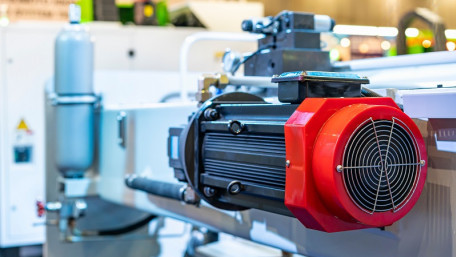
Many online sources explain how to reverse a 3-phase motor; this article will discuss the electrical principles that define why it works and how the phase…
Many online sources explain how to reverse a 3-phase motor; this article will discuss the electrical principles that define why it works and how the phase relationships determine the rotation direction.
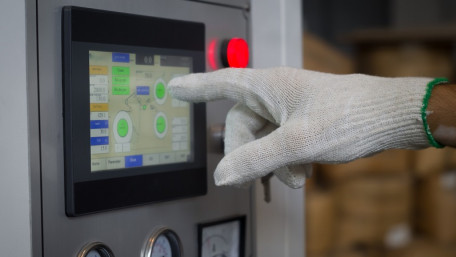
Two primary technologies are used for creating touchscreens. For industrial HMIs, resistive and capacitive methods both…
Two primary technologies are used for creating touchscreens. For industrial HMIs, resistive and capacitive methods both contain certain advantages for various applications.

An age-old debate in PLC programming: investigating the uses and caveats of latching software commands versus seal-in…
An age-old debate in PLC programming: investigating the uses and caveats of latching software commands versus seal-in ladder logic for industrial control applications.
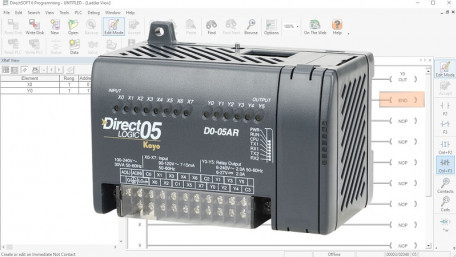
Learn how to use DirectSOFT6 to program discrete I/O functions in a Koyo DirectLOGIC PLC. Although these PLCs are older,…
Learn how to use DirectSOFT6 to program discrete I/O functions in a Koyo DirectLOGIC PLC. Although these PLCs are older, they are found in many existing automation installations.
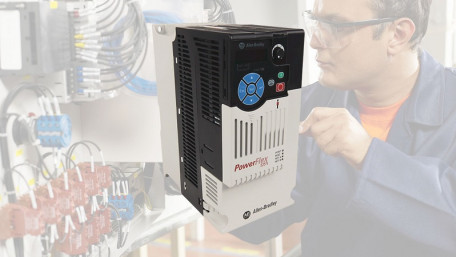
Parameters control the operation and command sources for VFDs. The PowerFlex series from Rockwell Automation is no…
Parameters control the operation and command sources for VFDs. The PowerFlex series from Rockwell Automation is no exception. Learn how to adjust the parameters for networking and IP configuration.
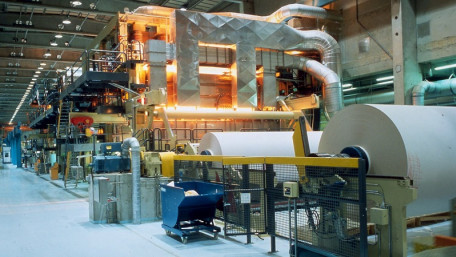
Innovative pulp and paper operators are turning advanced process control, automated testing, and quality control system…
Innovative pulp and paper operators are turning advanced process control, automated testing, and quality control system data into actionable business insights that improve operational efficiency all along the value chain.
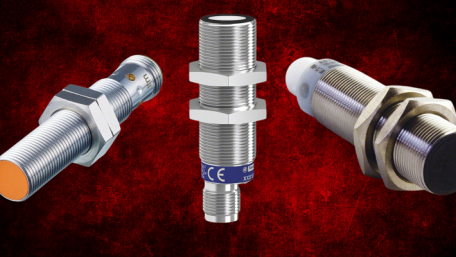
Installing sensors into a manufacturing process is intended to collect data, useful in making logical true/false…
Installing sensors into a manufacturing process is intended to collect data, useful in making logical true/false decisions. But what settings must be adjusted when you install these sensors?
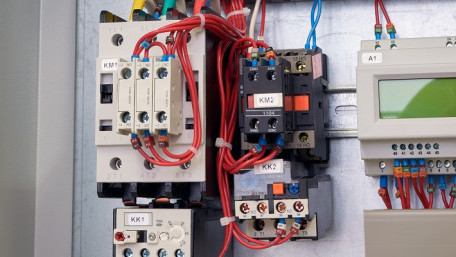
This article investigates the basic components and wiring conventions for common three-phase motor starter…
This article investigates the basic components and wiring conventions for common three-phase motor starter configurations, including direct online, reversing, and star-delta.
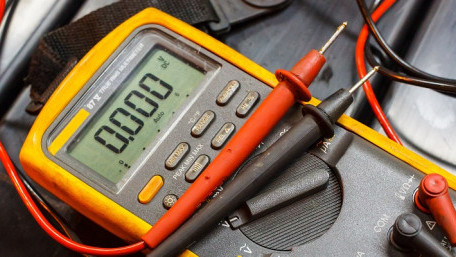
Electrical and mechanical measurements are often labeled with "RMS" and "True RMS." Aside from the simple math…
Electrical and mechanical measurements are often labeled with "RMS" and "True RMS." Aside from the simple math definitions we learned in electronics class, why is this distinction actually important?
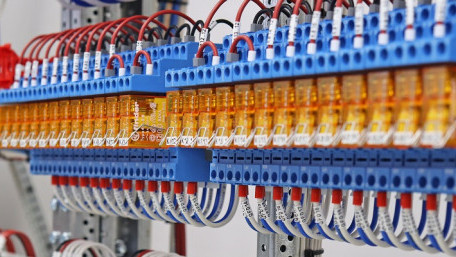
Have you ever heard of a relay? Of course you have. There are many different kinds, plus hundreds of different trade…
Have you ever heard of a relay? Of course you have. There are many different kinds, plus hundreds of different trade lingo names. What are some of the most common, and how do we use them?
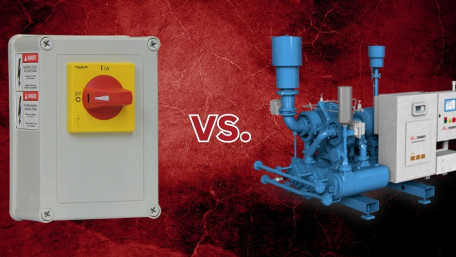
Knowing what kind of control system to use: that’s a question that must be answered before setting up the factory…
Knowing what kind of control system to use: that’s a question that must be answered before setting up the factory floor. Why would someone choose pneumatic over electrical controls?
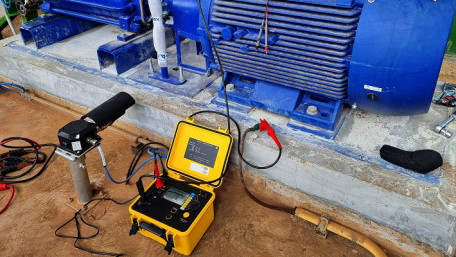
Within motors, two very different types of resistance are evident. The resistance of the windings is measured with a…
Within motors, two very different types of resistance are evident. The resistance of the windings is measured with a normal multimeter. But what is insulation resistance, and how is it measured?
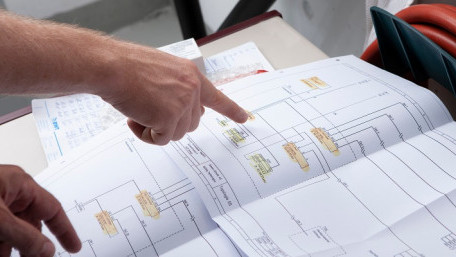
In order to trace control system problems to the core, the ability to read and interpret various resources, from…
In order to trace control system problems to the core, the ability to read and interpret various resources, from facility-level diagrams to machine-level wiring layouts, is critical.

Converting different numbering systems is quite common in PLCs and structured text codes. Why? Because people read…
Converting different numbering systems is quite common in PLCs and structured text codes. Why? Because people read decimals. Computers read binary. Processors read sets of bits. Not so simple.
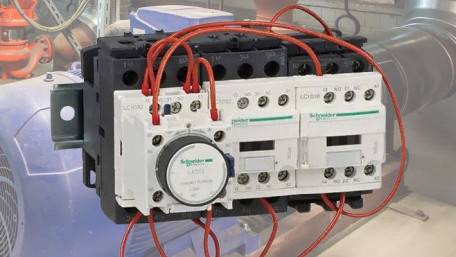
Digital controls like VFDs and soft starts have advantages by elongating start time, but simple strategies for starting…
Digital controls like VFDs and soft starts have advantages by elongating start time, but simple strategies for starting motors with a reduced current draw, like star-delta (or wye-delta) are common.
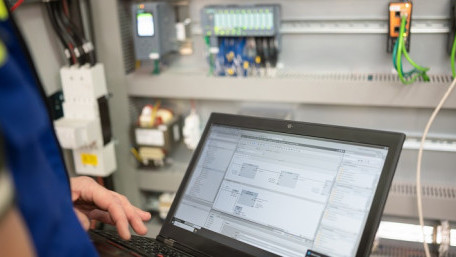
It’s important to consider your PLC tag naming convention when using different styles. Learn when and why you might…
It’s important to consider your PLC tag naming convention when using different styles. Learn when and why you might even use more than one, depending on the circumstances and scope of your project.
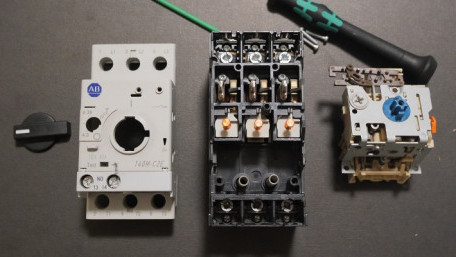
We depend on circuit breakers all the time, even when you have a day off or work from home. These overcurrent protection…
We depend on circuit breakers all the time, even when you have a day off or work from home. These overcurrent protection devices keep machines running safely, reducing the risk of fires and arcing.
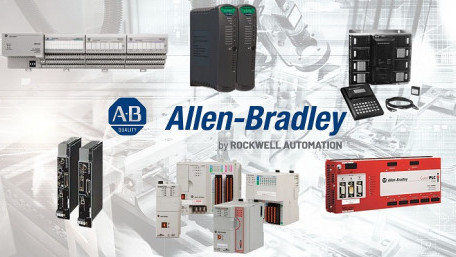
Rockwell Automation’s Allen-Bradley control hardware catalog has long included many series that start with 17xx, but…
Rockwell Automation’s Allen-Bradley control hardware catalog has long included many series that start with 17xx, but what are these lineups, and what function do they serve?
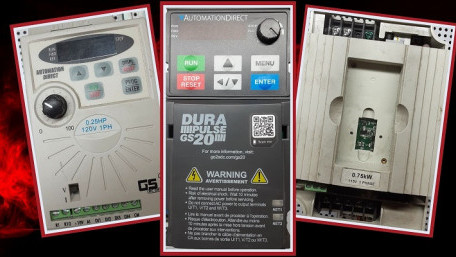
When we need to change the speed of an industrial motor, whether to control a process or save energy costs, we turn to…
When we need to change the speed of an industrial motor, whether to control a process or save energy costs, we turn to the variable frequency drive, better known simply as a VFD.
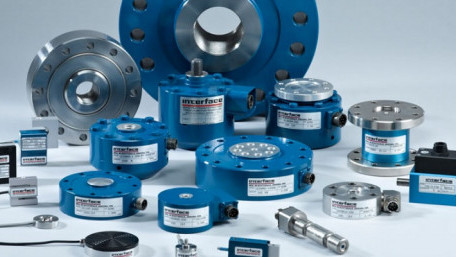
In this article, we will explore real-world considerations for strain gauge performance and typical applications. We’ll…
In this article, we will explore real-world considerations for strain gauge performance and typical applications. We’ll be talking about foil and wire strain gauges, but ignoring semiconductors.
